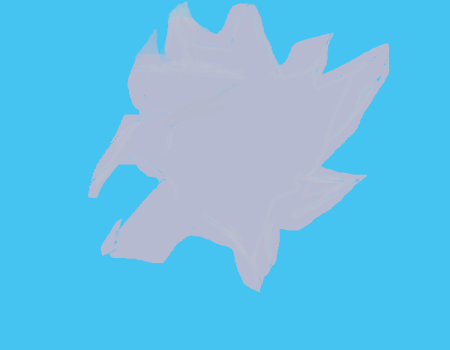The Bansenshukai (萬川集海; Sea of Myriad Rivers Merging, or Innumerable rivers assemble to sea) is multi-volume books consisting of knowledge about Iga and Koga Ninjutsu. It was written by members of the Fujibayashi Family, beginning in the 17th century.
Volumes and Chapters[]
- One volume of introduction
- Question and answer section
- A table of contents
- Two volumes on thought and philosophy
- Four volumes on leadership
- Three volumes on Yo (yojutsu, yonin)
- Five volumes on In (injutsu)
- Two volumes on astrology
- Five volumes on weapons
Iga & Koga[]
- The Koga version has twenty two chapters in ten volumes, with an additional one volume.
- The Iga version has twenty two chapters bound in twelve volumes with additional four chapters, in four volumes attached to it.
Volume II[]
In Volume 2, the meaning of "nin" (yaiba/blade and kororo/heart) and "correct heart" is summarized.
Some sources state that the ninja were like mystics or shamans, or were insightful and sincere people. In the Bansenshukai, the meaning of "correct heart" (seishin) is the adherence to virtue, righteousness, loyalty, and sincerity. It is important because it pertains to a person’s level of consciousness, senses, pose, willpower or vitality. It can be considered as the ninja’s core or essence, or the will to encounter both the deep and superficial hazards of their lives. To nurture a good Heart can help a person elude a void within and deter confusion, while keeping hold on their humanity. Conflict is something that is there to go against a person, not necessarily a superficial fight like on the battlefield. Committed valor is needed to face conflicts or it will project out onto others lives.
Eleven Ninja (陰人ノ上手十一人)[]
- Main article: Eleven Ninja
There are twelve names listed but the "Eleven" possibly means the eleven ninja excluding the author, Fujibayashi.
About Ninjutsu[]
- Main article: About Ninjutsu
in Volume 2, the elements of nin are described as the following: covert activity, information gathering, disguise, and surveillance.
Yonin and Inin[]
In Volume 4, there is the mention of yōnin (陽忍) and Innin (陰忍), which covers infiltration. The terms regard yang (light/male/sun) and yin (dark/female/secret) respectively.
Innin is infiltration and information gathering while completely unnoticed, such as hiding in the bushes and crossing the roof of houses.
Yonin is also known as yōjutsu (陽術) and yoninjutsu (陽忍術). The same format is also used for Innin. Yonin is also called yoninjo (陽忍上), which has the Kanji symbol of "up" or "superior" (上; also used in jonin), and is used by highly skilled ninja because of its risky nature. In fact, Yonin is someone who takes up a disguise in plain sight in various territories (ie: merchant, komuso or a monk, performers, etc).
Links[]
- 100.yahoo.co.jp:(萬川集海 (Japanese)
- 万川集海 (Chinese)
